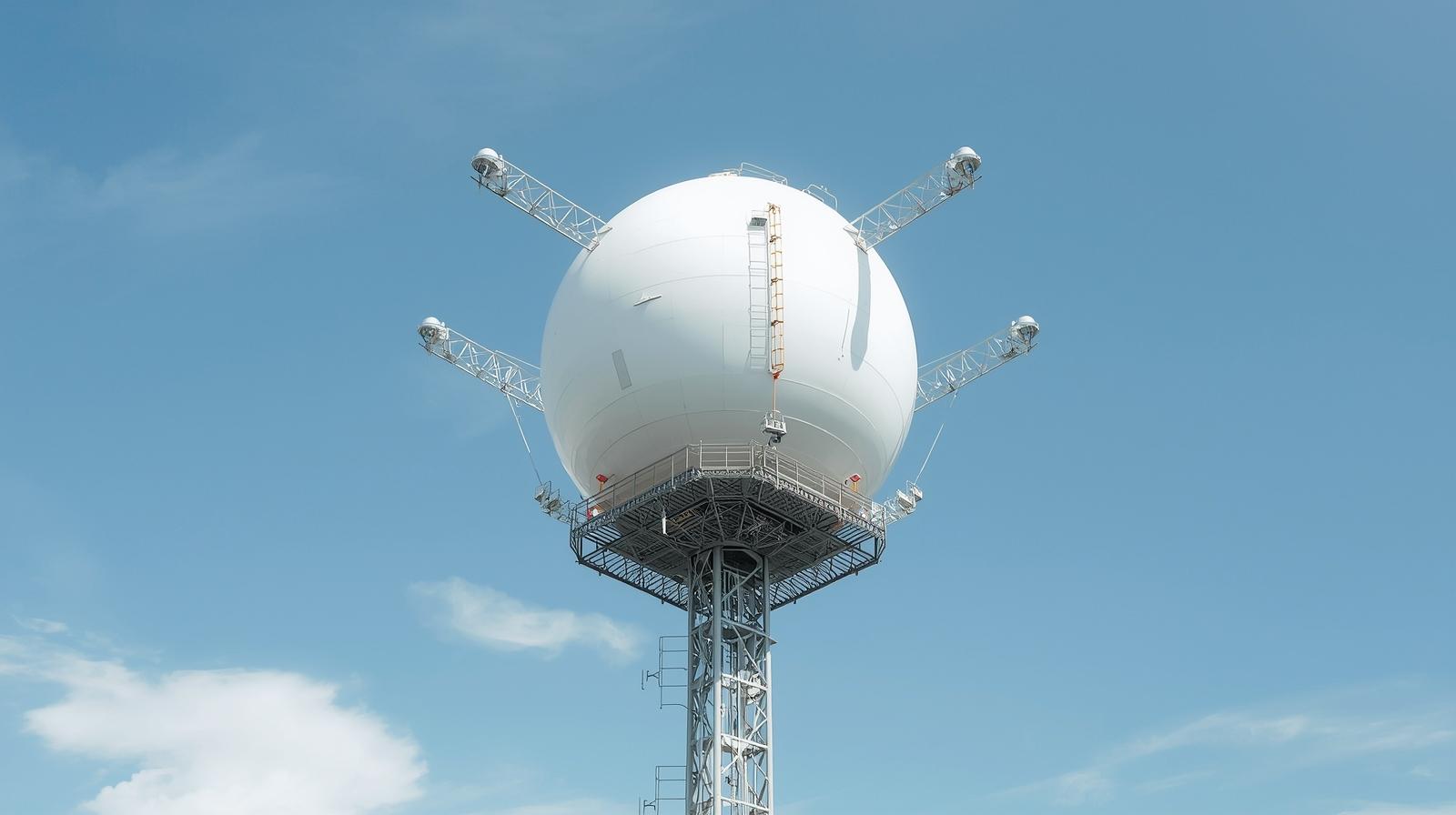The global aerostat systems market is gaining strong momentum as defense, border protection, and homeland security agencies increase their demand for long-endurance surveillance and communication platforms. In 2025, the market is valued at approximately USD 9.4 billion and is projected to reach nearly USD 16.8 billion by 2034, growing at a compound annual growth rate of around 6.6%. The renewed focus on persistent intelligence, surveillance and reconnaissance capabilities, combined with the need for cost-effective solutions for airspace and border monitoring, is shaping procurement priorities across military and civilian sectors.

Download PDF Brochure @ https://www.marketsandmarkets.com/pdfdownloadNew.asp?id=193315635
Aerostat systems include tethered balloons, airships, and hybrid floating platforms equipped with electro-optical sensors, radars, communication relay payloads, and electronic intelligence systems. Their ability to remain airborne for days to weeks at altitudes ranging from 1,000 to over 15,000 feet enables continuous situational awareness at a significantly lower operational cost compared with aircraft, satellites, or unmanned aerial systems. Originally developed for early-warning radar detection and military perimeter surveillance, aerostats are now increasingly applied in coastal protection, border patrol, event security, environmental monitoring, emergency communication restoration, and remote connectivity.
Growth is supported by advancements in lighter envelope materials, high-efficiency power modules, automated mooring systems, miniaturized sensor payloads, and integrated data links. Defense agencies continue to dominate procurement; however, commercial interest is rising, particularly for airborne communication platforms and broadcasting services in remote regions. The expansion of telecom networks in developing economies and disaster-prone regions is further creating new deployment opportunities.
Challenges include sensitivity to adverse weather conditions, limited mobility compared with UAVs, and the requirement of trained crew for ground handling and operations. However, ongoing innovations such as hybrid airship designs with electric propulsion, modular payload architectures, solar-assisted power generation, and AI-driven onboard analytics are addressing endurance, survivability, and operational efficiency. These advancements are expected to enhance deployment flexibility and broaden market adoption.
Based on altitude class, low-altitude aerostats are widely used for tactical perimeter surveillance and event security, while medium-altitude systems represent the largest segment with multi-sensor border and coastal monitoring capabilities. High-altitude aerostats support strategic ISR missions and long-range radar coverage. EO/IR imaging payloads remain the most common, followed by radar systems, communication relays, and electronic intelligence payloads for advanced threat detection and network extension.
The sustainability profile of aerostat systems is increasingly recognized as a strategic advantage. Their buoyant lift minimizes fuel use, reducing carbon footprint compared with manned aircraft and rotorcraft platforms. The introduction of helium recovery systems and recyclable composite envelope materials aligns with defense and civil agencies’ environmental compliance objectives.
Regionally, North America maintains the largest share driven by border surveillance programs and maritime domain awareness initiatives. Europe is investing in aerospace defense integration and tactical aerostat upgrades, while Asia Pacific represents the fastest-growing region with strong indigenous development programs in India, China, Japan, and South Korea. The Middle East continues to deploy aerostat fleets for persistent overhead surveillance of critical infrastructure and border routes, whereas Latin America is increasingly using aerostats in counter-narcotics and coastal patrol missions.
Competition focuses on endurance capabilities, payload versatility, operational cost efficiency, and mobility. Key market participants include TCOM L.P., Raven Aerostar, Lockheed Martin, RT Aerostat Systems, ILC Dover LP, Aeros Corp., Drone Aviation Corp., and state-led R&D organizations such as DRDO and ISRO in India.
Looking ahead, the aerostat systems market is expected to benefit from integrated mission systems, sovereign manufacturing initiatives, telecom network expansion, and hybrid aerostat-airship development models. The sustained requirement for wide-area surveillance and reliable communication coverage ensures continued demand growth through 2034.
